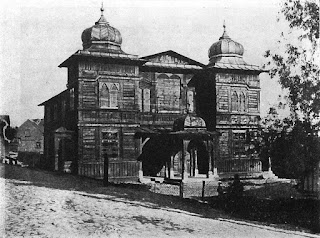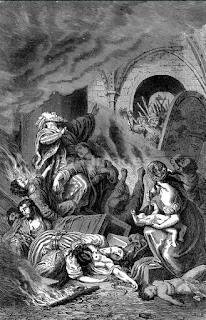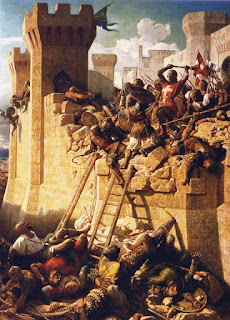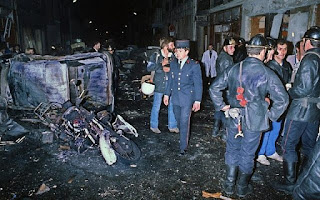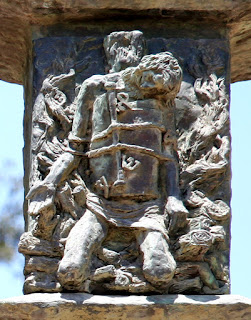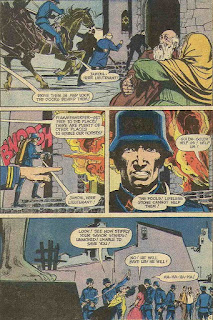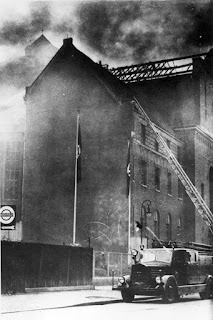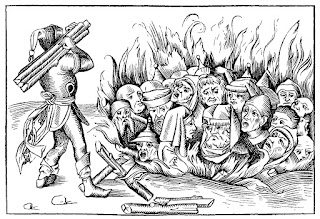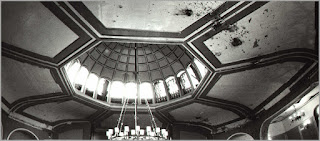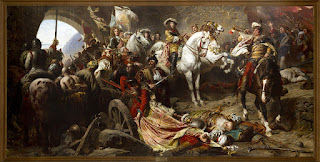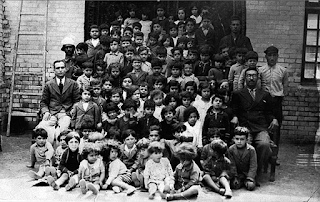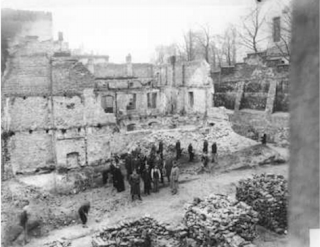Nemirov, 1648
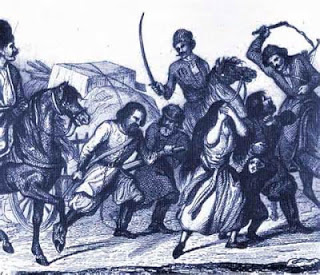
Nemirov 14 June, 1648 The first major massacre during the Chmielnicki uprising took place in the city of Nemirov. Jews from the countryside had fled to Nemirov, as the town was fortified. However, Chmielnicki dispatched 600 Cossacks, who dressed up as Polish soldiers. (At least, according to legend.) The town opened its gates and the Cossacks rushed in. Once inside, the Cossacks demanded that the Jews in town convert to Christianity. When they refused, 6,000 Jews were slaughtered. "In the synagogue, before the Holy Ark, they slaughtered with butcher knives the choirs and cantors and beedles, there they sacrificed the children of Israel as burnt offerings, offering themselves up as sacrifices like rams and sheep and goats...after which they destroyed the synagogue and took out all the Torah books, old and new, and they tore them to bits and they laid them out for men and animals to trample on." ( Megilat Afa ) In the following years, the Council of the Four Lands decree...
